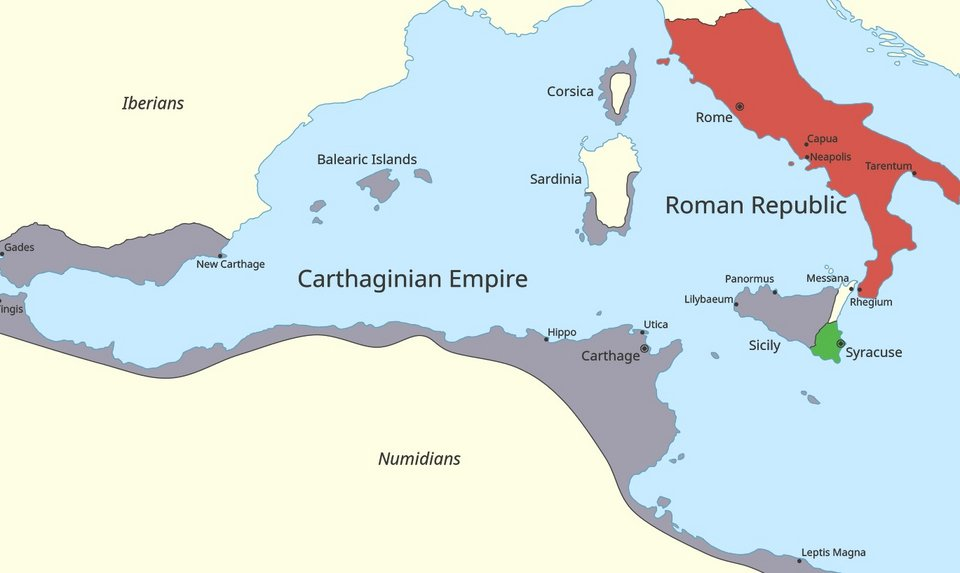A study by scientists at Harvard suggests that the inhabitants of ancient Carthage were genetically closer to the Greeks than to the Phoenicians.
In an article published by The Economist, it is explained that research published in Nature by David Reich, a paleogeneticist at Harvard, and his colleagues, indicates that the people of Carthage—who dominated the western Mediterranean from the 6th to the 2nd century BC—were genetically much closer to the Greeks than to the Phoenicians, who were Semitic-speaking peoples. The study also found additional genetic contributions from North Africa and Sicily.
Carthaginians and Their Greek DNA
There is no doubt that Carthage, located in present-day Tunisia, began its existence in the 9th century as a trading post and a colony of Tyre, a major Phoenician commercial center in the Mediterranean. Over time, however, Carthage developed its own empire and a unique Semitic culture. Yet, this cultural dominance doesn’t necessarily imply that the ancestry of the Carthaginians was predominantly Phoenician, as was previously believed.
David Reich and his team gathered genetic data from 17 skeletons excavated in Carthage itself, as well as from another 86 skeletons found in other Carthaginian settlements across North Africa, Sicily, Sardinia, and Spain. They also analyzed the remains of 25 individuals buried in Akhziv and Beirut, two important Phoenician sites near Tyre in modern-day Lebanon.
The researchers then compared these genomes with existing data from other Mediterranean regions, including the Aegean.
The Surprising Greek Influence
The Carthaginian Empire in gray before the outbreak of the First Punic War.
What’s particularly interesting is that Reich and his team found a distinct genetic mix that could be labeled as "Carthaginian." However, this genetic profile had minimal connection to ancient Phoenicia. Instead, it revealed Greek, North African, and Sicilian genetic markers.
The Greek influence on the Carthaginian genome is a surprising discovery. Although the Greeks and Carthaginians were rivals, often clashing in military confrontations during their respective colonization efforts in Sicily, their genetic connection is undeniable.
Another surprising finding was that, despite the fact that Spain and Sardinia also hosted Carthaginian colonies—several of which contributed to the study—very few genetic markers from local populations in these regions appeared in the Carthaginian genetic mix.
It remains unclear whether the Carthaginian colonists simply didn’t intermingle with the local populations due to prejudice or other factors, as the study concludes.
Hannibal: Carthage’s Legendary Military Leader
Hannibal, born in Carthage, is regarded by many as one of history's greatest military commanders. During the Second Punic War against Rome in 218 BC, he led his army—and his famed African war elephants—against the Roman Empire. For 15 years, Hannibal ravaged the Roman countryside but was never able to conquer Rome itself and was eventually forced to return to North Africa.
The city of Carthage was finally destroyed by the Romans in 146 BC, marking the end of the Punic Wars. The Romans later rebuilt Carthage, and it became a key city in the Roman Empire. It remained one of the most important Roman cities until the Muslim conquest in 698 AD, when it was destroyed for the second time.
4o mini










